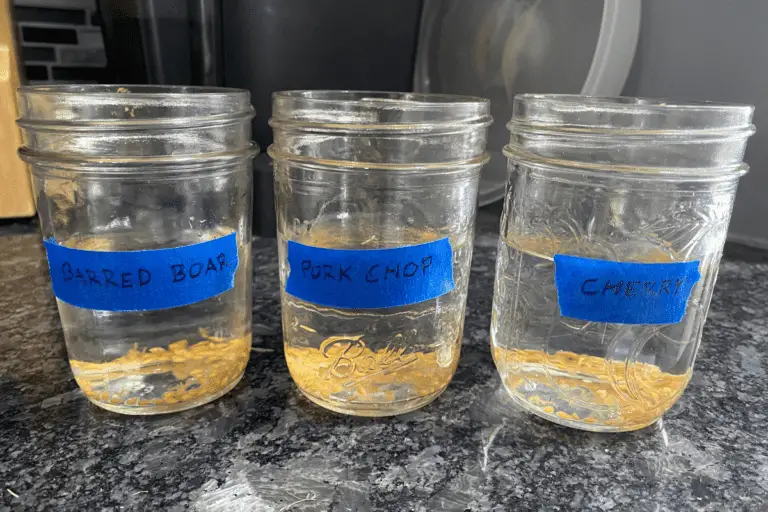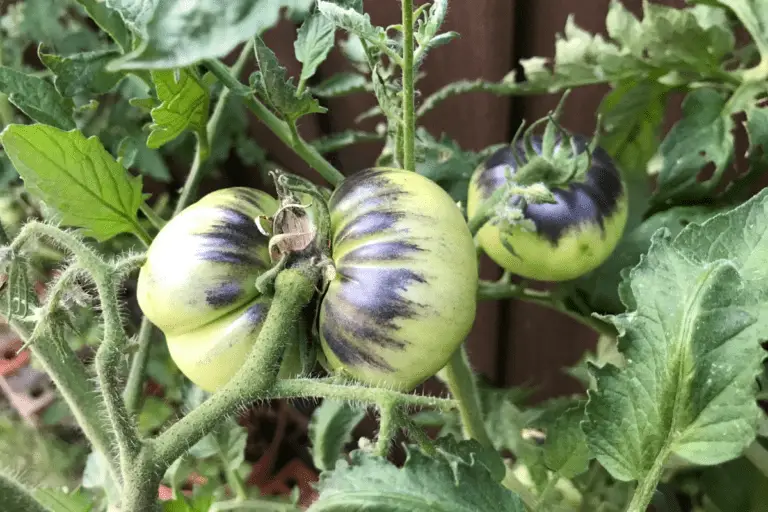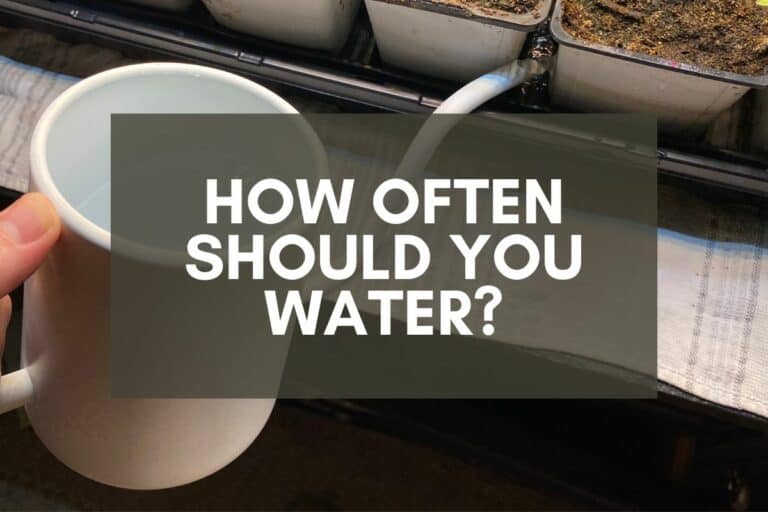Will Refrigerated Seeds Germinate and Grow?
If you’ve ever grown plants from seed, you might’ve wondered what would happen if you stored your seeds in the refrigerator.
Would the seeds remain inert and lifeless? Would they eventually germinate? What happens if you put seeds in the fridge?
Refrigerated seeds cannot germinate because they lack two necessary ingredients for germination: warmth and moisture. Although refrigerated seeds won’t germinate on their own, refrigeration will keep them viable, often for years at a time, until they’re exposed to the right environmental conditions, at which time they’ll germinate and grow.
As a general rule, refrigeration isn’t necessary when it comes to storing seeds, either those you’ve purchased from an online seed supplier for those you’ve harvested yourself. You can simply store them in a dark, dry, climate-controlled place in your home.
But refrigeration has been shown to extend the life of stored seeds, making it an ideal way to keep your seeds viable for years to come.
With us in mind, let’s take a closer look at what happens when you store seeds in a refrigerated environment, both what that means for germination and for the long-term viability of your seed collection.
Cold Temperatures and Seed Germination: Things You Should Know
To understand what exactly refrigeration does to seeds, let’s take a quick look at how seeds germinate in the natural world.
Take tomato plants, for example. Absent human intervention, tomato plants will sprout in spring and begin growing. As they grow taller and as tomatoes begin to develop, the branches and stems will begin to sag under the wait of the expanding foliage and growing fruit.
What happens next is really interesting to watch, as I’ve done now and then when I’ve let a tomato plant grow wild just for fun.
As the branches sag toward the ground, the tips of each stem will curl upward toward the sun. But the developing fruit on each plant will continue to tug the branches toward the ground, forcing them to eventually make contact with the soil.

This signals the slow but eventual death of the plant as the branches fall against the soil, picking up soil pathogens that will eventually damage the plant. But this process also gives birth to new life since it allows the plant’s fruit to come in contact with the ground, where the tomatoes will rot and deposit their seeds in the soil.
By the time a plant reaches this point, the summer is likely turning to fall, and as the tomatoes rot atop the ground and the seeds find their way into the soil, the gel surrounding the seeds keeps them from germinating since doing so in fall would lead to the death of the plant once winter weather arrived.
Here’s where temperature begins to matter: As the gel surrounding the seed breaks down, it does so around the same time that the temperature of the soil chills off due to changing weather. This chill encourages the seeds to go into a period of dormancy as their embryos remain inert, waiting for the warmth they need to expand and grow.
Generally speaking, this is why refrigerated seeds will never germinate. The refrigerator essentially mimics winter weather, sending environmental signals to the seeds to remain inert.
In other words, the refrigerator delays the natural life cycle of the seed, postponing germination until a time when the seeds find the conditions they need to enable embryonic growth.
Now that we’ve ruled out germination in refrigerated conditions, let’s take a look at the benefits of refrigeration for those interested in long-term seed storage.
As I noted earlier, you don’t necessarily have to store your seeds in the refrigerator. I don’t have room in my fridge for seeds, so I store mine in a dark closet. But for those who do, here’s why it’s a good idea.
Seeds remain inert in cold weather, but weather is only one factor when it comes to the long-term viability of seeds. The other factors are oxygen and moisture.
When seeds are exposed to oxygen and moisture, they initiate a process called aerobic respiration, which refers to the ways that oxygen and glucose molecules work together to create energy.
Because temperature, oxygen, and moisture provide the necessary ingredients for seed development, the best environments for seed storage are those that minimize all 3 of them. This is where refrigeration can provide additional benefits.
One study showed a significant decrease in seed viability when stored at cold temperatures versus seeds that were stored at 68℉ (20℃). Other work by researchers with ECHO Asia demonstrated the value of oxygen removal via vacuum storage (you can download their PDF fact sheet to learn more).
As researchers have noted, there are lots of factors to consider when storing seeds and various ways to do so, but refrigeration is an effective, low-cost solution to storing seeds for future use.
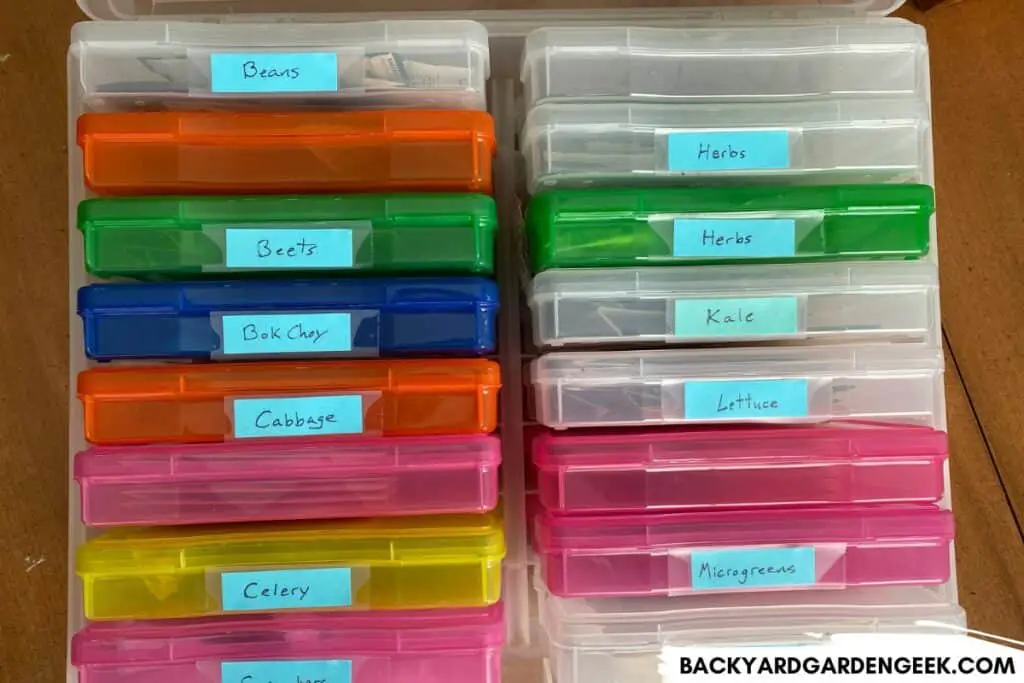
How Do You Store and Plant Refrigerated Seeds?
When it comes to storing seeds in the refrigerator, here’s what I use:
- a photo album storage case
- tiny zipped bags
- small manila envelopes
- lots of desiccant packets
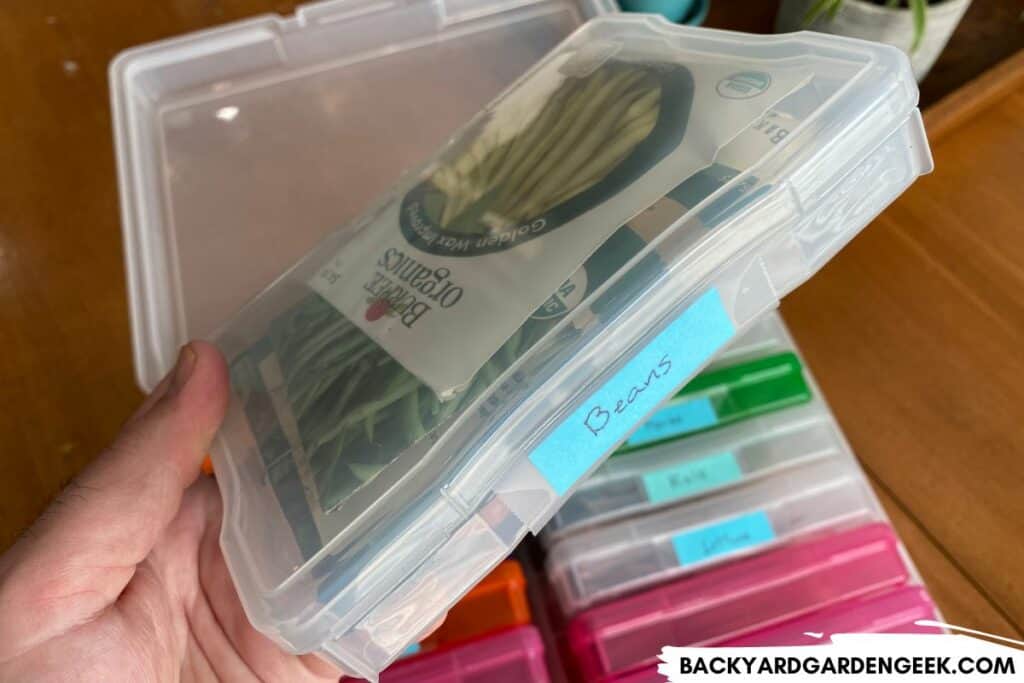
When I harvest seeds for storage and germination, I keep close track of my seeds so that I don’t misplace them and have to identify them at a later time. I place them in small zipped bags, then squeeze them as flat as possible before zipping them up.
If you’ve got a vacuum sealer and lots of seeds to store, you can vacuum seal them, which is even better since it removes nearly all of the oxygen from the package.
After placing them in zipped bags, I slip those bags into labeled manila envelopes. I then insert desiccant packets into each of my photo storage cases to ensure everything remains as moisture-free as possible. Finally, I label my cases and place the manila envelopes in the appropriate case, then store everything in a cool, dark closet.
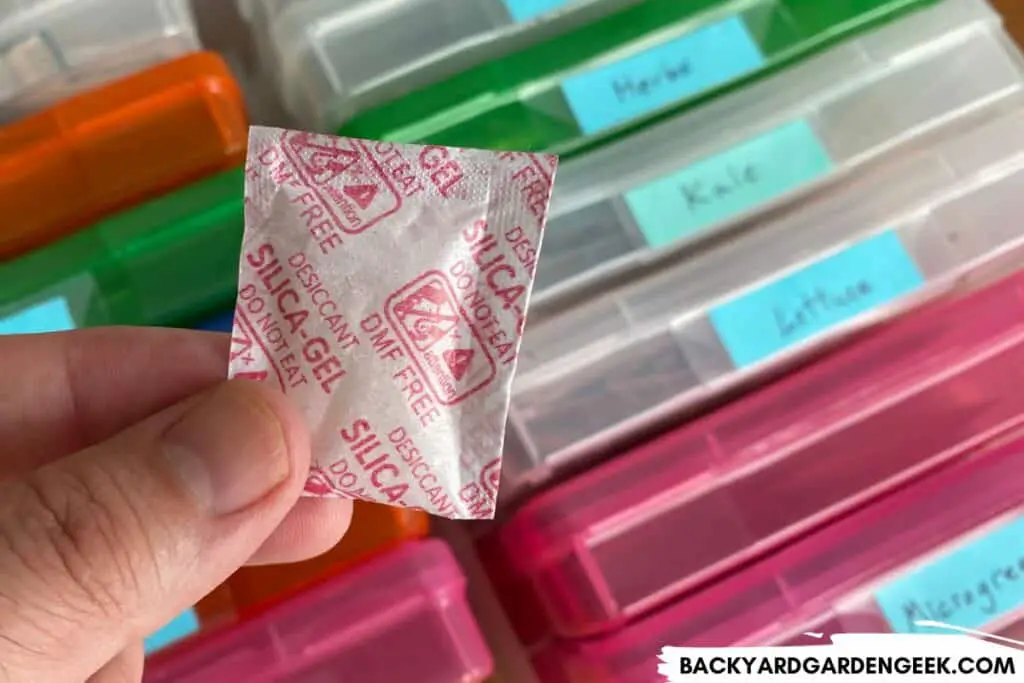
But let’s say you’ve stored your seeds in the refrigerator. How do you plant them once it’s time to do so?
Over the years, I’ve stored a few select seed varieties in my refrigerator, ones that I wanted to keep viable as long as possible, and I do one extra step before planting them in seed trays or out in the garden.
Refrigerated seeds will germinate like all other seeds, but given their storage temperature, they can be left at room temperature for several hours and allowed to warm before planting. Seeds with hard shells will germinate faster if softened in lukewarm water for 8-12 hours.
For beans, cucumbers, melons, peas, and other such seeds, I simply put them in a glass of water right before bed, then plant them after I wake up in the morning. There’s no additional waiting around since they’ve done all the softening up they need to do during the nighttime hours.
For tomato seeds in particular, I follow these seed planting guidelines, a process that will work for many varieties.
You can germinate most seeds in water. You can also mimic nature by burying fruit whole (typically veggies that have rotted prematurely), although I don’t generally recommend doing so.
But I prefer my step-by-step method for germinating and growing most seeds since I enjoy planting seeds directly in soil and waiting expectantly for the first tiny leaves (known as cotyledons) to pop up. For me, the waiting and anticipation is part of the fun when it comes to growing plants from seed.
Does Freezing Seeds Help with Germination?
Now that we’ve discussed refrigeration in detail, what about freezers? Can freezing seeds help with germination?
Freezing seeds can increase germination rates for certain varieties through a process known as stratification, wherein freezing temperatures mimic winter weather. When removed from the freezer and placed in warm, moist soil, the seeds sense spring-like weather, thereby increasing germination rates.
Although you don’t necessarily need to stratify your seeds, stratification can prompt seeds to germinate faster since you’ve essentially tricked their natural internal programming.
I used to garden in New Jersey, and the winters up there are very cold. When I place seeds in my freezer, I’m essentially sending a signal to the seed that says, “It’s cold outside. Go dormant and wait for spring.” After 2-3 days, I remove the seeds and place them in a nice, warm soil mix, which essentially tells them, “It’s spring. Time to grow.”
Simply put, when you stratify your seeds, you’re playing a subtle trick on them, making them believe it’s winter so as to mimic the natural world. Much like pushing the fast forward button when streaming a movie, stratification abbreviates the seasons so as to encourage seeds to germinate on your timeline, not nature’s.
The trick with stratification is to remember that it works best with plant varieties that thrive in regions with nice summer but cold winters. There’s simply no need to stratify the seeds of plants that thrive in hotter regions, such as cucumbers, eggplant, okra, and peppers, to name a few. They’re not naturally adapted to areas with harsh, freezing temperatures, so placing them in the freezer probably won’t impact germination rates much.
More About Seeds
If you’re interested in reading more about growing plants from seed, check out these articles I’ve written on tomato seeds. I grow tomatoes every year, so I’ve thought a lot about the best ways to grow beautiful tomato plants from seeds:

